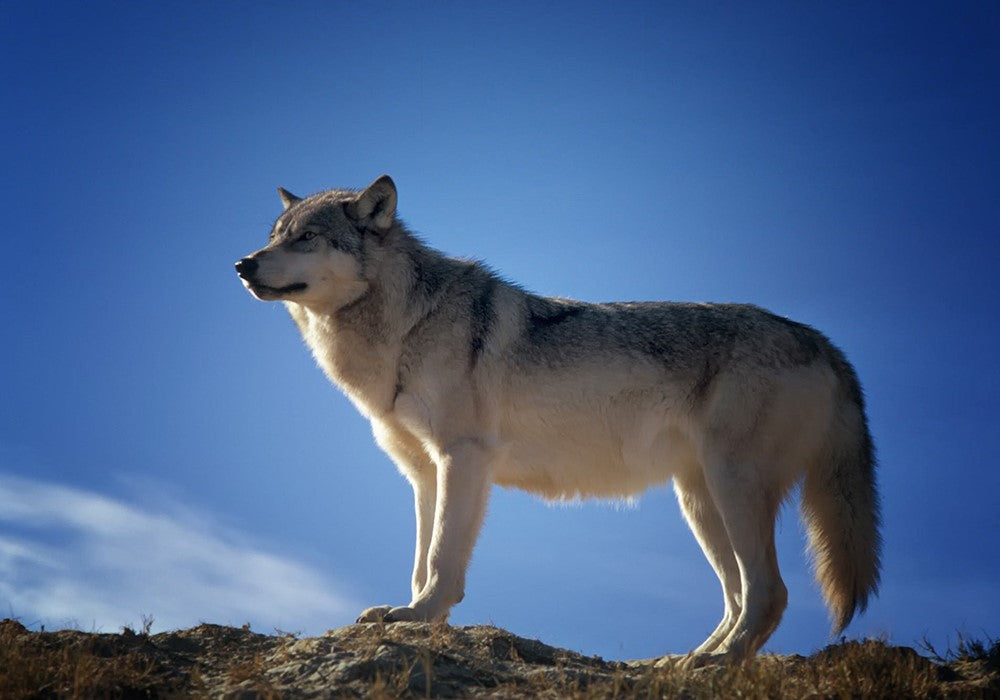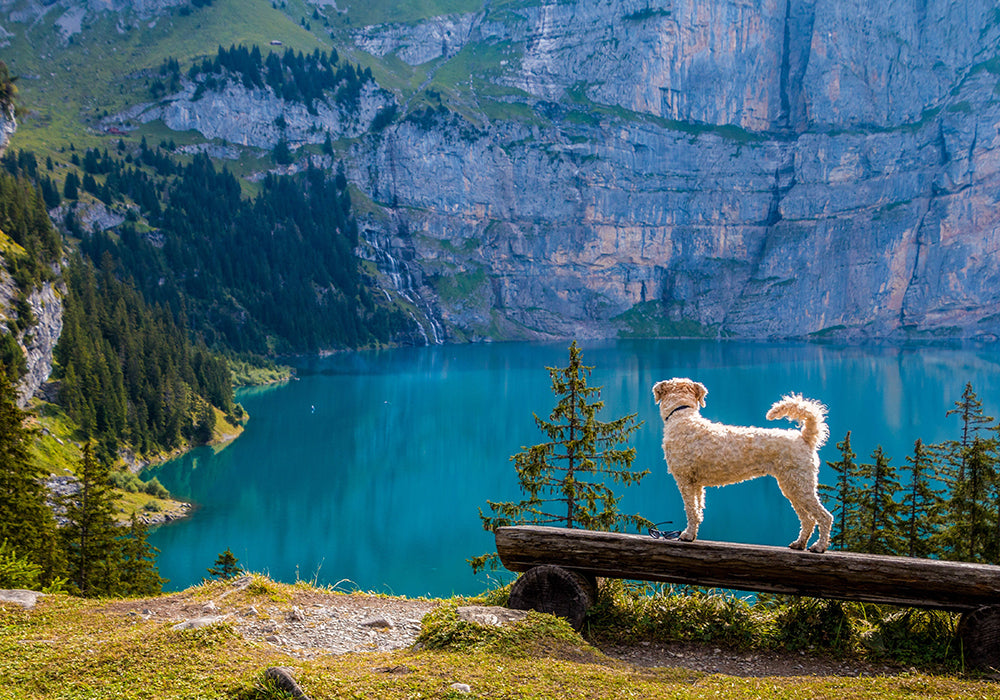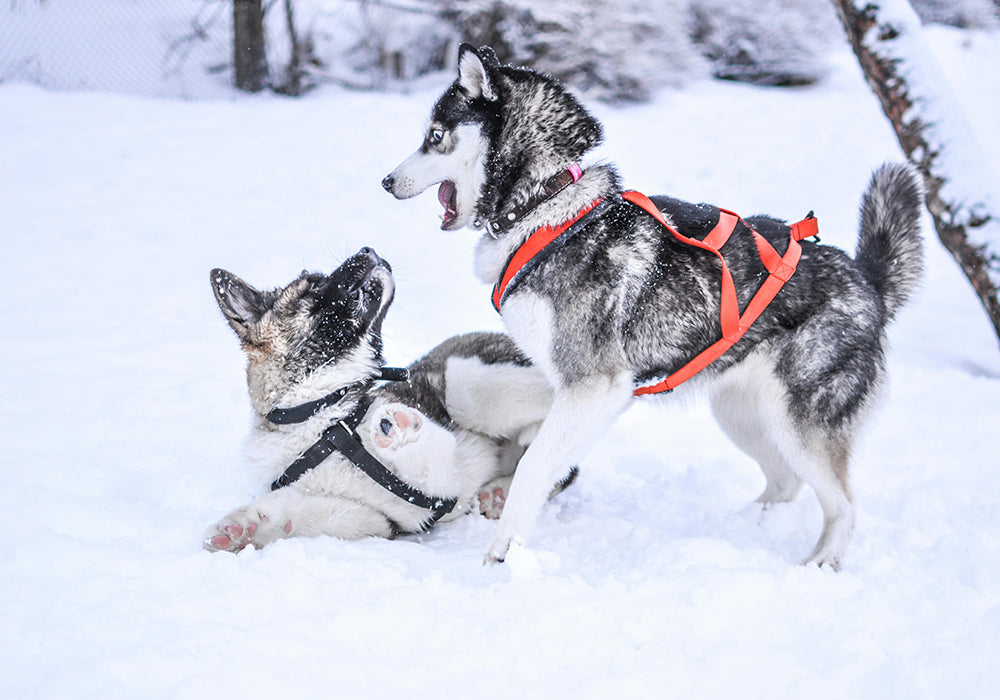Before they were our cuddly friends, dogs existed out in the wilderness as wolves. The length of the domestication process isn’t exact - somewhere between 10,000-50,000 years - but along the way, selective breeding removed the 'wildness' from the wolf.
In this process, our ancestors produced hundreds of 'different-looking wolves.' These various "breeds" were developed for particular tasks: hunting for large prey, exterminating vermin, guarding, herding, and companionship. Each breed fulfilled a set of needs in society.
Today, breeds don’t just look different but have unique mindsets related to the tasks they perform. When training your dog, consider their evolutionary history, including the pack mentality which dominates our dogs' thinking.
While the appearance and mind of the wolf changed, the essential internal workings or physiology did not. Modern dogs grow and function (and malfunction) in the same way as the wolf. Unfortunately, our dogs can suffer if we drastically vary the food and exercise.
We have much to learn from the wolves.
Modern-day dogs have food and exercise requirements that mirror wolves.
While selective breeding has altered our dog's outward appearance and mind, we haven’t selectively bred it to deal with any dramatic change in feeding or exercising until now.
Wolves rely on stamina and strength to survive. Why are the wolves doing so well without the 'benefits' of modern veterinary technology, truckloads of super premium dog food, and calcium supplements? They live in a biologically appropriate environment, getting proper nutrition and exercise. Our dogs are not.
Let's examine the wolves’ lifestyle to understand how dogs should eat and exercise for maximum present and future health. You will discover that such a diet issimple, straightforward, and uncomplicated.

Wild dogs do not eat regular meals or have an all-meat diet. Conversely, no single meal is complete and balanced. Raw bones with meat are a major part of their diet. During winter, they dig up and eat frozen food. They eat offal, raw eggs—even decaying food.
They may eat once or six times a day, depending on the season and what food is available. They eat when food is available and as the urge takes them. They eat various raw food: insects, bark, soil, and birds.
They eat vegetables, including herbs, from the gut of their prey. This vegetable material is raw, totally crushed, and partly digested. They eat feces. A wolf's diet contains almost no grains, certainly never cooked grain. In eating the intestinal contents of their prey, they will eat some immature, green grain. This is a stark contrast to the diet of a modern dog, subjected to a lifetime of dried dog food.
"Although we humans have changed the appearance and the nature of the dog in all sorts of ways by domestication, we have not changed its basic internal workings. Today's domestic dog has essentially the same digestive system and overall physiology as its ancestor: the wolf."
Most domestic dogs in the 'pre-pet food era' diet primarily contained raw meaty bones and other food scraps. Most importantly, that food was raw with some cooked vegetables.
Pet owners didn’t overfeed their dogs, and nobody was racing to produce the biggest, roundest, fattest, most calcified, biggest-boned, or largest dog ever.
You can return to the diet your dogs were biologically engineered to eat. Want to learn more about feeding your dog an evolutionary diet? Read Raw vs. Cookedby Dr. Ian Billinghurst to help you better understand this approach and integrate it into your pet’s lifestyle.
Now that you understand our products’ ingredients, let your pet try them. Shop through the best raw dog food available and give your pet nutrients to support their bodies and minds.



